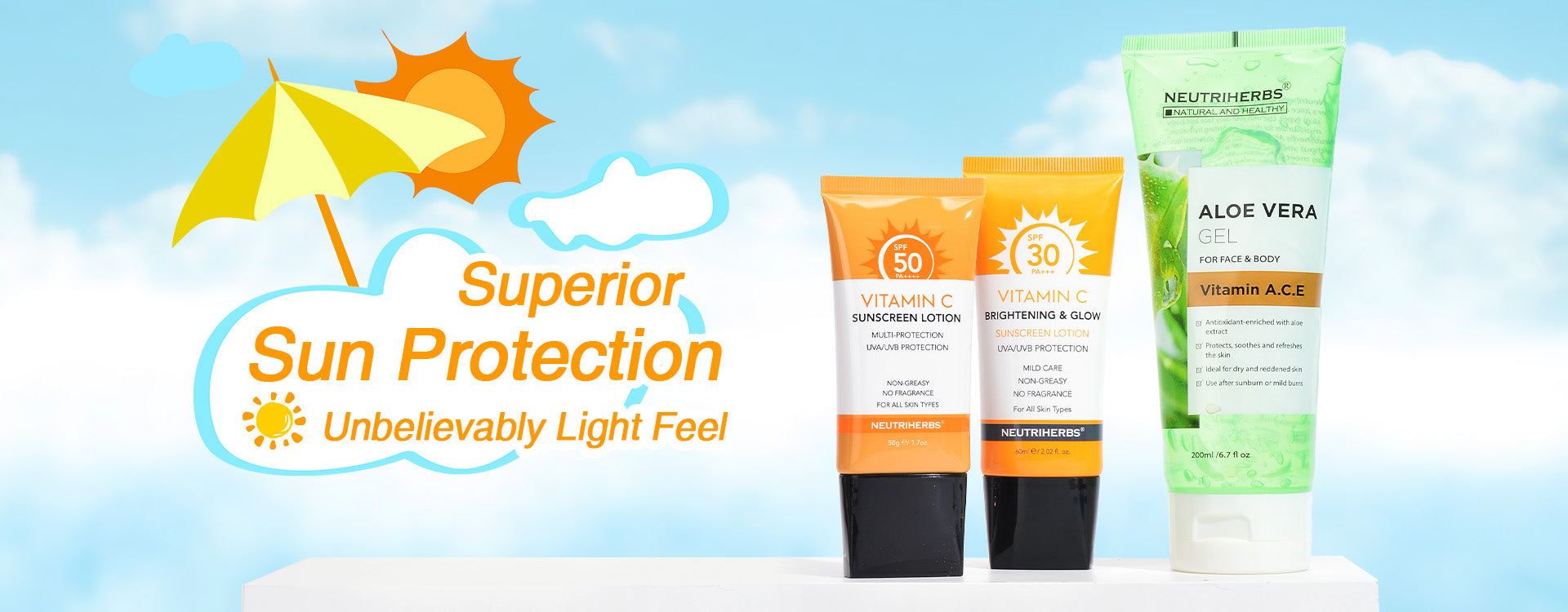Skincare’s most vital ingredient, sunscreen, has recently risen to the forefront. As we all know, sun exposure is the leading cause of premature skin aging and damage. The argument over what ingredients are best for your skin and the earth continues to rage, despite its increased popularity and the proliferation of new SPF-infused products.
Unbeknownst to many consumers, common sunscreen creams contain tiny quantities of benzene carcinogen. It would help if you used cosmetics that protect your skin without harming your health.
Benzene in sunscreen
This solvent cannot synthesize drug ingredients, excipients, or drugs due to its unacceptable toxicity to humans and animals. A considerable therapeutic breakthrough requires using these compounds;thus their levels should be controlled when they are unavoidable”.
The World Health Organization and other regulatory bodies have confirmed that it causes cancer in people. Inhalation, skin contact, ingestion, and ocular contact may cause benzene exposure. However, Valisure has found benzene levels up to three times the legal limit in its tests, typically two ppm.
Because sunscreen is currently regarded as a safe daily product, Johnson & Johnson recalled the affected batches based on Valisure’s findings.
The recall includes all sizes and SPF levels. To help you identify contaminated items, Johnson & Johnson has provided a comprehensive list of affected products’ names, lot numbers, and expiry dates.
The Story: Where it Came From
Notably absent from sunscreens, benzene is found in several sun protection products. However, benzene was tainted in the production process since the firms involved are still investigating. However, further research is required to establish what chemicals or procedures are responsible for benzene.
Exposure to benzene is expected, even though it is a proven carcinogen. SPF 30+ is advised for daily usage on infants six months and older. To be safe, you should shield yourself from the sun every day. According to the Skin Cancer Foundation, 1 in 5 Americans will acquire skin cancer before 70. This issue is outweighed by the benefits of everyday SPF for your skin.
Sunscreen and the Environment
You’d be correct in thinking that sunscreens have recently been in the news for all the wrong reasons. Immediately after we wash our faces, swim in the pool, or surf, the sunscreen on our bodies begins to pollute rivers.
According to Consumer Reports, it is believed that 6,000 tonnes of sunscreen wash into coral reefs every year worldwide. Some chemical sunscreen ingredients have recently been proven to harm coral reef health.
These include Oxybenzone, Benzophenone-1, Benzophenone-8, OD-PABA, 4-Methyl benzylidene camphor, 3-Benzylidene camphor, nano-Titanium dioxide, nano-Zinc oxide, Octinoxate, and Octocrylene.
Safe Sunscreen Ingredients
Despite the benzene contaminations, sunscreen is safe for everyday usage. Applying sunscreen every 2 hours or more if swimming is essential for maximum effectiveness. Several safe and efficient mineral solutions are available to protect your skin from sun damage and aging.
This benefits both our skin and aquatic life. The skin cannot absorb particles more significant than 30 nanometers. Not only do non-nano sunscreens not penetrate pores or follicles into the circulation, but they also do not clog pores and follow. Fear not; today’s products mix effortlessly against your skin, leaving no heavy, pasty residue!
When we take a dip in the ocean, these bigger particles settle and become part of the sediment, rather than dissolving and hurting sea life. Unnanotized products are challenging to identify by their packaging. In the item’s description or ingredient list, see this phrase.
Non-nanotized Zinc Oxide:
Mineral sunscreens usually include zinc oxide, and it also contains anti-inflammatory effects to keep your skin smooth and firm! Unlike chemical sunscreens, zinc oxide protects by dispersing, absorbing, and deflecting the sun’s rays.
It protects against UVA, UVB, and UVC rays, making it a broad-spectrum sunblock.
Non-nanotized Titanium Dioxide:
Mineral sunscreen also contains titanium dioxide. However, it does not protect against UVA radiation and zinc oxide. But titanium dioxide is milder on the skin and is preferred by persons with sensitive skin. The water and your body are safer with non-nanotized titanium dioxide sunscreens.




